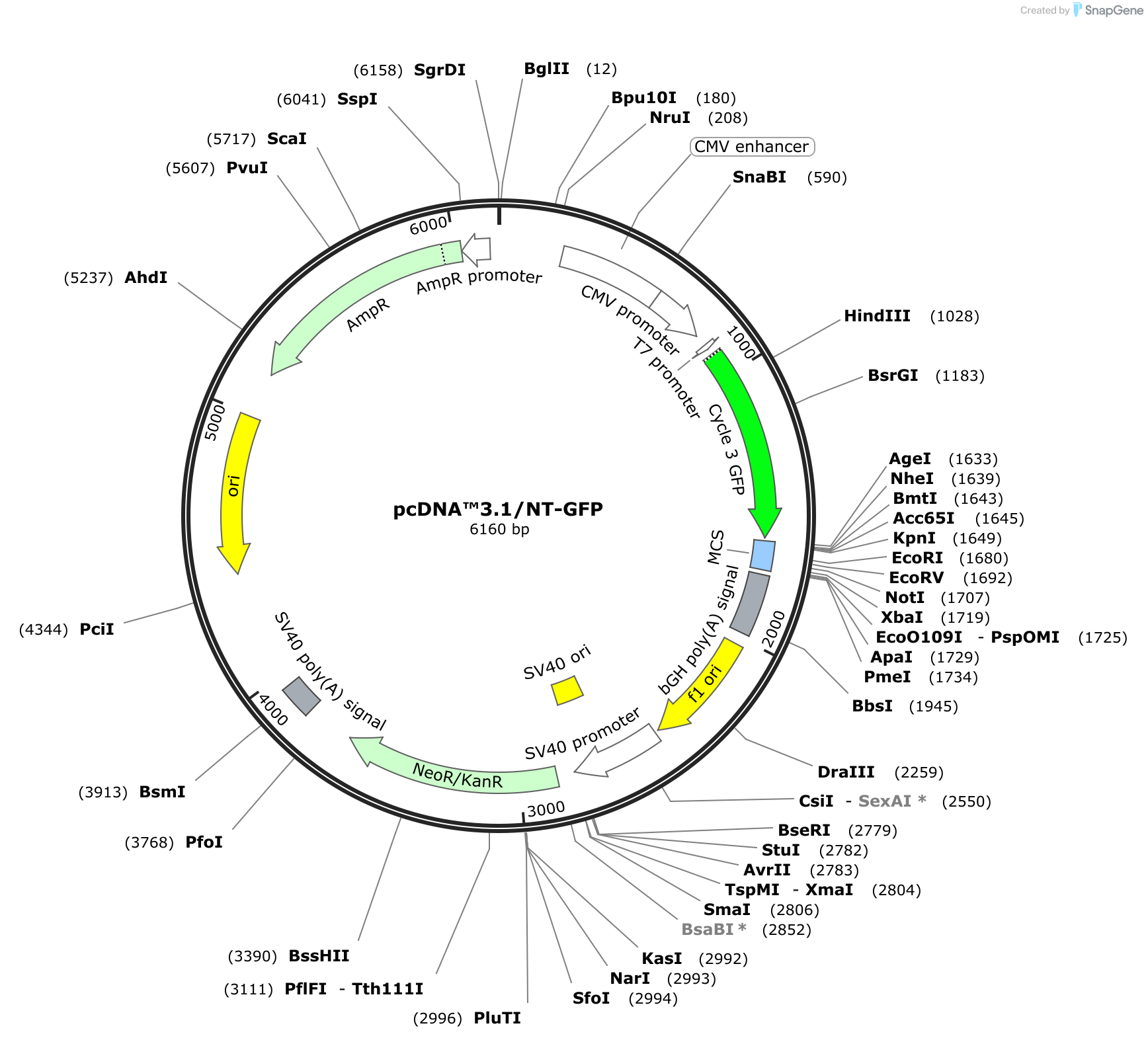

Combating through available drugs is a difficult task due to lack of appropriate common targets against genetically diverse strains. This bacterial strain is now alarming serious health concern all over the world. See this video tutorial of Gateway cloning in SnapGene.Helicobacter pylori is a highly potential pathogen to colonize in the human stomach. In this example we have cloned a single fragment via Gateway cloning but you can simulate Gateway cloning of up to 4 fragments in SnapGene. You see that Rab5 is fused to the GFP gene by an in frame linker. Inspecting the result Inspect the joining site.Ĭlick the attB2 feature in the map (red) and open the Sequence view (green). Type a name for the product in the Product Name box (blue) at the bottom and click Clone (purple) to create the product. Perform the LR reaction Preview the result The overview at the bottom (green) shows that the attL sites in the entry clone will recombine with the attR sites in the destination vector. But this is not a problem: from the list of Custom Destination Vectors (green) select pEarleyGate 103.Ĭlick the Expression Clone tab (red). The reason why I chose this plant vector is that's it is not included in the list of Standard Donor Vectors. Select the destination vector Select the destination vectorĬlick the Destination Vector tab (red). The entry clone is automatically selected. The next step is to transfer the Rab5 fragment from the entry clone into the destination vector using the LR reaction.Įxpand Actions in the top menu, select Gateway Cloning and then LR Cloning Insert Fragment. Transfer fragment from entry clone to destination vector Open the History view of the entry clone. Show a graphical overview of the cloning procedure Show a graphical overview of the cloning. Type a name for the product in the Product Name box at the bottom (red) and click Clone (green) to create the entry clone. The red parts are the attB1 and attB2 sequences.Īt this point SnapGene tells you it's ready to clone.ĭuring the BP cloning the attB sites of the Rab5 fragment will recombine with the attP sites in the donor vector. To see the primers go back to the attB Insert tab (red).Īt the bottom you see the sequences of the primers (green). Use the default settings and click Choose Primers Click the Entry Clone tab (red) and click the Choose attB PCR Primers button (green).
/pGEM-T_Easy_(linearized).png)
But it's much easier to let SnapGene design them for you. You can enter the primers manually in the attB Insert tab. You need primers to amplify the Rab5 fragment with attB1 and attB2 sites so that it will recombine.

From the list of Standard Donor Vectors (green) select pDONR211 (blue). Select the donor vector Select the donor vectorĬlick the Donor Vector tab (red) where the vector that was loaded when you opened the cloning editor (mRFP1Rab5) is automatically opened as the source of the insert. When you switch back to Map view the entire CDS of Rab5 is selected. End the selection with the final codon in front of the stop codon. Select the start codon and scroll down to the end of the CDS. Open the Sequence view to select the insert. This means we need to avoid including the stop codon of Rab5. The vector contains a GFP gene which will be fused to the C-terminus of Rab5. The cloning editor opens on the attB fragment tab where the vector that was loaded when you opened the cloning editor (mRFP1Rab5) is automatically opened as the source of the insert. Open the cloning editor Open the cloning editorĮxpand Actions in the top menu, select Gateway Cloning and then BP Cloning. Open the mRFP1Rab5 vector as it is the source of the insert. The first step is to clone the Rab5 fragment into a donor vector using the BP reaction.



 0 kommentar(er)
0 kommentar(er)
